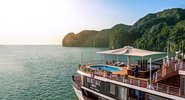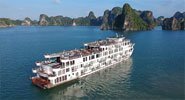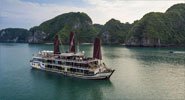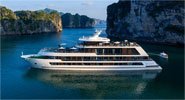The Best Time to Visit Halong Bay
Travel planning is the ultimate way to take on a stress-free vacation to Halong Bay. However, it is sometimes stressful because there are many things to take into consideration such as when is the best time to visit Halong Bay? How to achieve a smooth and fun-filled journey? With first-hand knowledge and deep insight about Halong Bay, our complete guide below will hopefully make everything easier for you.
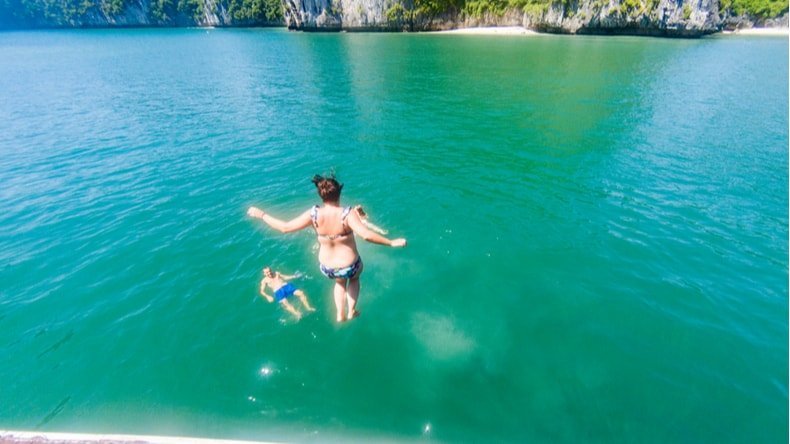
- Best time to visit Halong Bay: March, April, May, October, November, and December.
- For sightseeing trips: April, May, June, October, November, and December.
- For outdoor activities: March, April, May and June.
- For money saving: late May, June, July, August, and early September.
Best Time by Weather
Characterized by its tropical climate, Halong Bay in Northern Vietnam experiences two primary weather patterns: a hot & humid summer and a cool winter. In addition to these, transitional seasons known as spring and autumn occur briefly in between.
Spring (March to April): Spring offers mild, dry weather, making it an excellent time for overnight trips to the bay. Temperatures typically fluctuate between 18°C and 23°C. These months provide ample sunshine and minimal rainfall, which is ideal for sightseeing and outdoor activities.
Summer (May to September): Considered an off-peak season, particularly for international travelers, summer can be hot and humid, with daily average temperatures around 30°C. The hottest months are June, July, and August, with August witnessing the highest rainfall and storm risks. However, summer offers beach lovers a chance to enjoy swimming and various water activities. Budget travelers can also take advantage of numerous promotions and discounts from tour operators during this time.
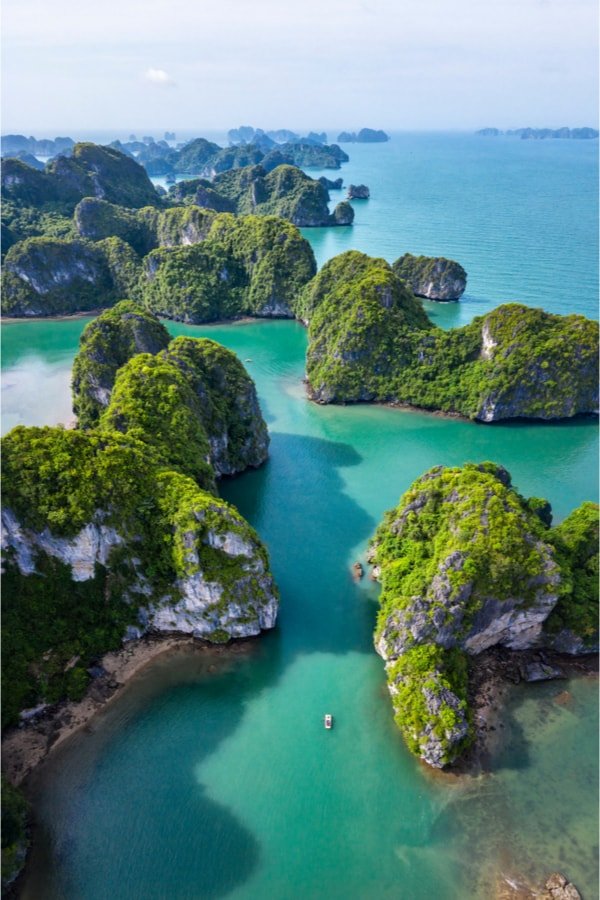
Fall (Late September - October): Although brief, autumn is often regarded as the best season of the year in Halong Bay. This period coincides with the second peak tourist season, where travelers can enjoy cruises with reduced rain and more sunshine, making it perfect for outdoor explorations.
Winter (November - February): Winter is the coldest season, with temperatures ranging from 10°C to 20°C, and typically dry conditions. Swimming is rarely possible during these months, and thick fog in the mornings can limit visibility. Nonetheless, winter is festive, featuring celebrations for Christmas, New Year, and Tet (Lunar New Year).
Weather Average by Month
| January | February | March | April | May | June | July | August | September | October | November | December | |
|---|---|---|---|---|---|---|---|---|---|---|---|---|
| Maximum temp (ºC) | 23 | 24 | 29 | 31 | 34 | 35 | 35 | 34 | 32 | 28 | 26 | 23 |
| Minimum temp (ºC) | 15 | 16 | 19 | 20 | 24 | 25 | 25 | 23 | 21 | 20 | 19 | 16 |
| Maximum rainfall (MM) | 20 | 8 | 8 | 130 | 4 | 70 | 50 | 10 | 80 | 80 | 80 | 130 |
| Avg rainy days | 18 | 7 | 5 | 8 | 2 | 7 | 10 | 8 | 12 | 8 | 12 | 18 |
Summary
- January and December see the highest average number of rainy days (18/30)
- April typically has the highest rainfall (130mm)
- May experiences the fewest rainy days (02)
Verdict: For optimal weather conditions, the preferred months to visit Halong Bay are likely April and May. Expect pleasant warmth with limited rainfall and ample sunshine.
Popularity: Peak vs Off-Peak Season

Peak season naturally brings increased prices and a larger number of tourists; however, this time also features generally favorable weather conditions. Conversely, traveling during the off-peak season provides opportunities for discounts on tours and accommodations, but there is an elevated risk of inclement weather.
Peak season encompasses the majority of the year, with a significant surge occurring during the summer. This period coincides with Vietnamese citizens' annual vacations, resulting in a notable influx of domestic tourists alongside the usual international visitors. As a result, prices tend to rise, and visitors may encounter longer wait times at popular attractions.
The off-peak season typically occurs in the latter part of the summer months, when conditions may not be ideal for a Halong Bay cruise due to a heightened chance of adverse weather. During this time, prices decrease to more manageable levels, and the number of tourists diminishes, allowing for a more pleasant experience.
Verdict:
A balanced approach would be to visit between the months of March and May, which falls between the peak and off-peak seasons. During this period, the volume of international travelers is lower, resulting in more affordable prices and reduced crowds. Additionally, the weather during these months typically offers a comfortable experience, avoiding extremes of heat and rain. What more could you desire?
Best Time by Event Calendar
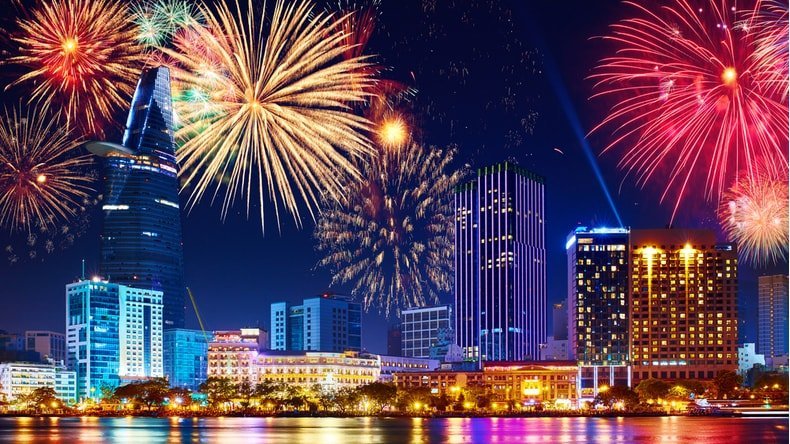
Vietnamese culture is rich with celebrations, meaning there are numerous festivals to consider when organizing your visit to Halong Bay. Some events bring the local area to life with activities, while others encourage families to spend quiet time at home.
Tet (Lunar New Year)
Tet is the most significant national holiday in Vietnam and primarily focuses on family reunions. This vibrant festival is celebrated on the first day of the Lunar New Year, typically falling in late January or early February.
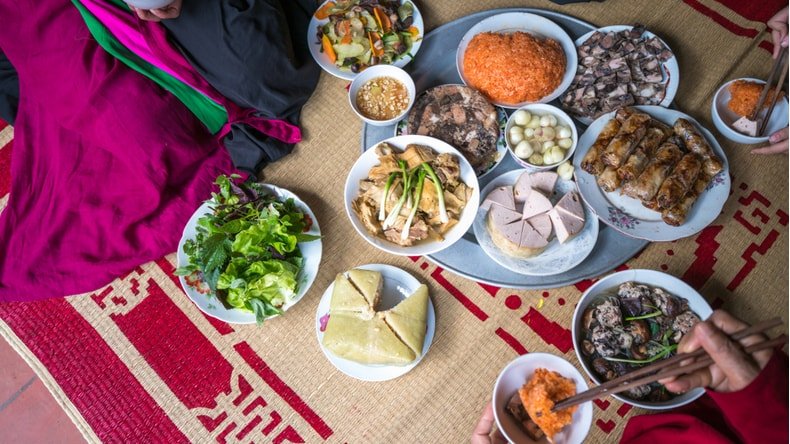
Although Tet is a festive season, it is also a quite hectic period, as people enjoy up to 9 days off work, often congesting transportation networks while they travel to visit family. Despite the holiday rush, cruises and tours in Halong Bay operate as usual, providing an excellent opportunity to enjoy the celebratory atmosphere. If you're planning to travel to Halong Bay during this time, be sure to allocate extra time for your journey!
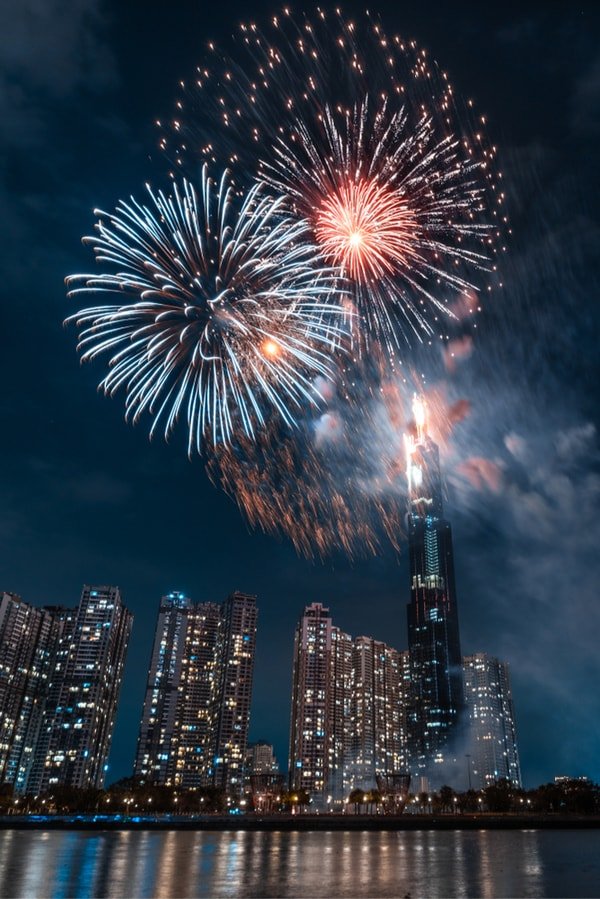
Halong Bay Carnaval
The Halong Bay Carnaval, held annually, is one of Vietnam's most thrilling festivals, attracting thousands of international tourists. This vibrant event features spectacular street parades, performances from global artists, stunning fireworks displays, and showcases of local culture. Typically celebrated in late April or early May, the carnival is well-timed to coincide with the region's pleasant weather.
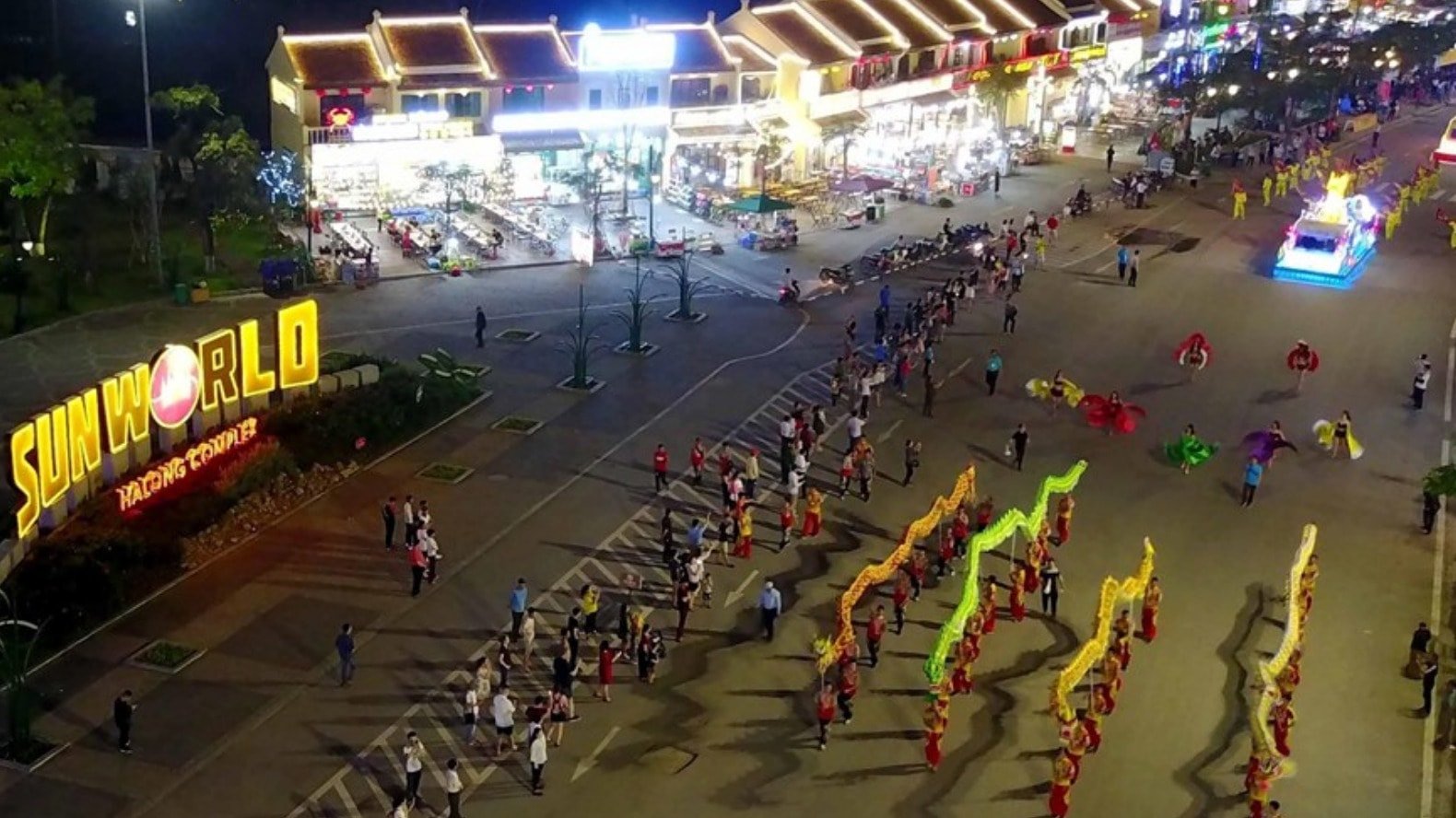
Other Festivals
Beyond Tet and the Carnaval, several other festivals are celebrated in and around Halong Bay. The Yen Tu Festival occurs after the Tet holiday, with thousands of people making a pilgrimage to Yen Tu Mountain to pray for good fortune in the new year. This festival takes place from the first to the third lunar month, typically spanning February to April. The Bach Dang Festival commemorates significant military victories along the Bach Dang River and attracts increasing numbers of tourists each year. Visitors can enjoy river processions, human chess matches, wrestling competitions, and an overall atmosphere of excitement during this vibrant celebration, which often occurs in April or May.
Verdict:
If you're hoping for a lively and festive experience, scheduling your trip to Halong Bay during the Halong Carnaval is highly recommended. However, if you prefer a more tranquil getaway, consider avoiding the bustling months of April and May.
Pro Tip: Regardless of when you visit—whether it be winter, summer, high season, or low season—remember to pack a warm jacket and a swimsuit. The weather in Vietnam can be unpredictable, and being well-prepared will ensure you make the most of your trip.


